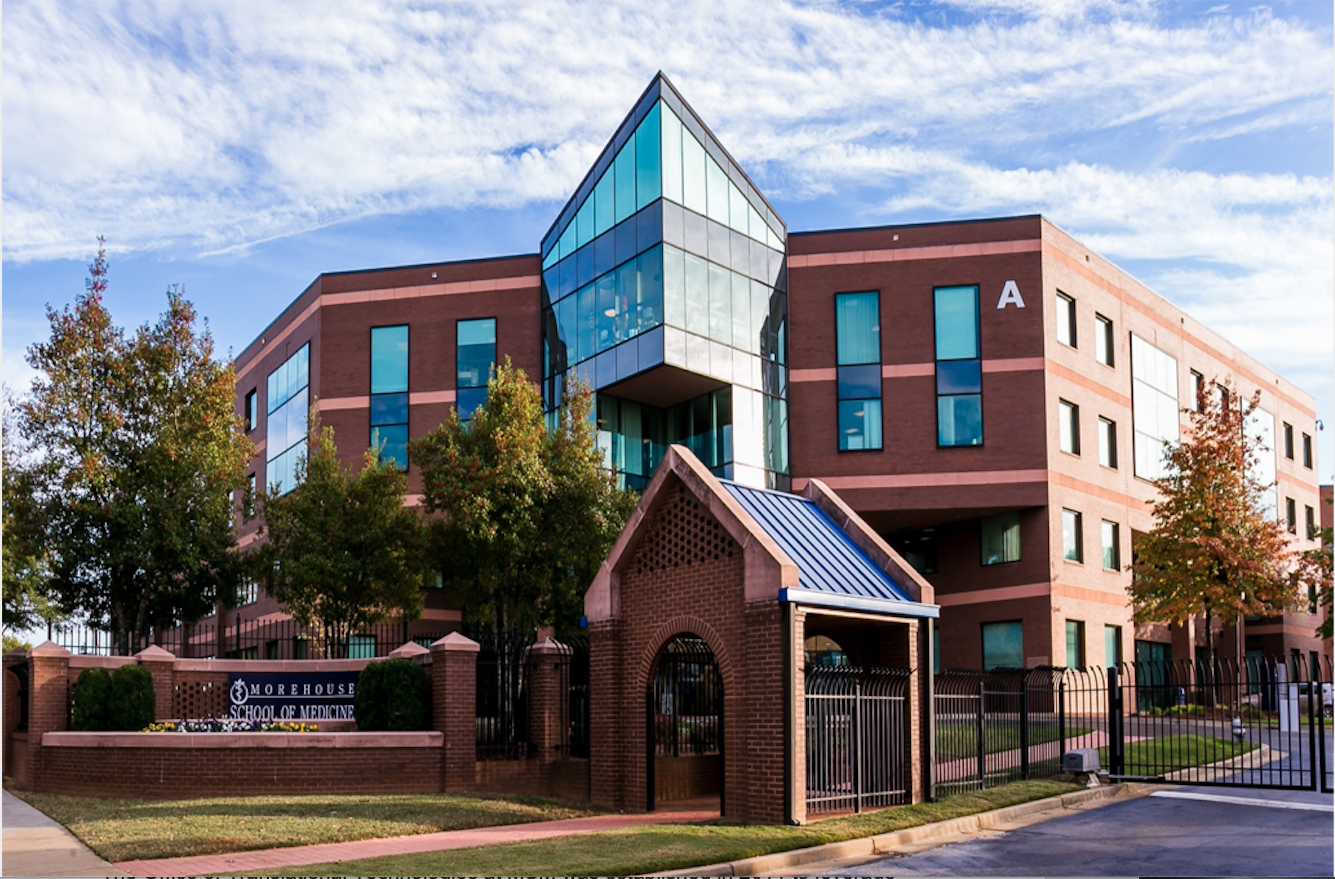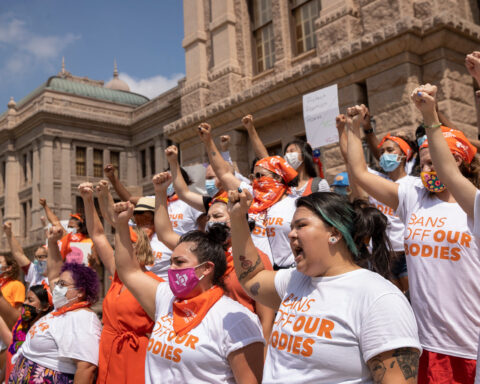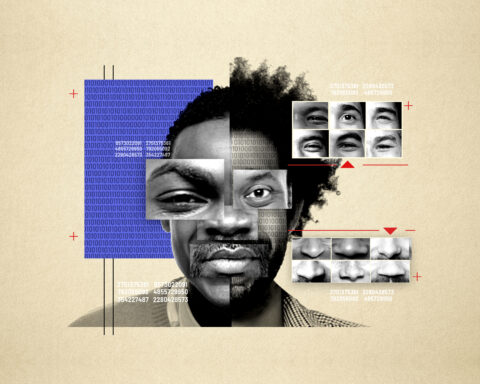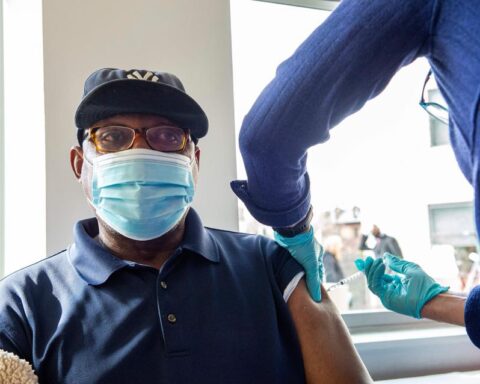By Kim Krisberg,
Since its approval over a decade ago, medication that protects people from being infected with HIV has been a driving factor behind the country’s declining HIV numbers. But considerable inequities remain, with those most at risk least likely to be taking HIV prevention drugs.
Data released last year by AIDSVu, an HIV mapping initiative at Emory University, found that while pre-exposure prophylaxis medication use has gone up each year since the US Food and Drug Administration approved a daily pill in 2012, Black and Hispanic people, as well as residents living in the South, have disproportionately low PrEP use.
PrEP, which FDA also recently approved as an injectable taken every two months, is a safe and effective medicine that reduces the risk of HIV infection via sex by about 99% when taken as recommended. The Centers for Disease Control and Prevention estimates that 1.2 million people could benefit from PrEP, but only about 30% are currently taking the drug.
“It’s been a game-changer for HIV prevention,” said APHA member Patrick Sullivan, DVM, PhD, a professor of epidemiology at Emory’s Rollins School of Public Health and principal scientist for AIDSVu. “The approval of PrEP marked the end of a biomedical race. However, it was just the beginning of the race for public health.”
The AIDSVu data show large areas of unmet need. Overall, PrEP use in the US has increased by 56% each year, on average, since 2012. But uptake has not been even: While Black people made up 42% of new HIV diagnoses in 2021, they represented just 14% of PrEP users in 2022. In the South, Black people represented 48% of new HIV diagnoses, but 21% of PrEP users. Hispanic people made up 27% of new HIV diagnoses and 17% of PrEP users.
In comparison, white people represented 27% of new HIV diagnoses and 64% of PrEP users.
There were also differences by gender, with women accounting for 18% of new HIV cases and just 8% of PrEP users.
Sullivan said a number of factors underscore the gaps, including low public awareness about PrEP, a shortage of providers who routinely prescribe PrEP, and larger access-to-care issues. For example, AIDSVu data show states that have expanded Medicaid eligibility have higher PrEP use rates than states that have not expanded.
Access issues could get worse in the wake of a 2022 court decision in which a US district judge ruled that Affordable Care Act rules requiring PrEP coverage violated religious freedoms. The ruling is stayed during appeal, but if upheld, it would lead to thousands of preventable HIV infections, research shows.
Misperceptions about HIV and discrimination against LGBTQ+ people also exacerbate PrEP inequities, Sullivan said.
“Stigma is the enemy of access to prevention services like PrEP,” he told The Nation’s Health.
A number of efforts at the federal, state, and local levels are working to close the PrEP gap. The US Department of Health and Human Services’ Ready, Set, PrEP program offers free PrEP drugs to uninsured people, for example.
In addition, 13 states and Washington, DC have PrEP assistance programs to help residents with drug co-pays and related health care visits. And more than a dozen states allow pharmacists to prescribe PrEP directly, which can widen access in underserved communities, said Philip Chan, MD, MS, an associate professor of medicine and behavioral and social sciences at Brown University.
Last year, Chan testified in support of a Rhode Island bill to let pharmacists prescribe PrEP, as well as post-exposure prophylaxis, or PEP, which is given shortly after an HIV exposure. Rhode Island Gov. Dan McKee signed it into law in June. Chan, an APHA member, said in an ideal world, PrEP discussions will become a regular component of primary care.
In 2021, CDC released new clinical guidance encouraging health providers to inform all sexually active adults and adolescents about PrEP.
“We’re slowly seeing PrEP filter into primary care settings and there’s a newer generation of doctors being educated on it,” he said. “But it’s been slow.”
Broader public awareness could also help. For example, in a survey of more than 150 students at historically Black colleges and universities in Georgia, more than half had never heard of PrEP, according to researcher Rhonda Holliday, PhD, a professor of community health and preventive medicine at Morehouse School of Medicine. The research was in support of Project Take Charge, an HIV prevention effort for students at HBCUs and minority-serving institutions.
But the survey — presented in November at APHA’s 2023 Annual Meeting and Expo in Atlanta — also found that 44% of participants were willing to take daily PrEP and 34% were open to injectable PrEP.
“These numbers tell us there’s quite a bit of education that still needs to occur among young African American adults,” said Holliday, an APHA member.
She said particular attention should be paid to Black women, who experience higher HIV infection rates than women of any other race or ethnicity.
“For young women, (PrEP) hasn’t been advertised to them, so they don’t see it as something that’s for them,” Holliday said.
In Chicago, new HIV cases dropped 15% from 2017 to 2021, but rates are declining slowly for Black and Hispanic residents, according to John Peller, MPP, president and CEO of AIDS Foundation Chicago. The foundation is narrowing the gap with clinical and policy efforts, such as its Connection to Care Learning Collaborative.
The collaborative works with safety-net clinics in Black and Hispanic neighborhoods to increase LGBTQ+ cultural competency and connect patients to PrEP. The foundation also successfully advocated for new state PrEP assistance dollars and prescribing rights for pharmacists.
But Peller worries that broader political attacks on LGBTQ+ rights and health providers such as Planned Parenthood could threaten progress, especially in the South.
“It has the potential to really set back the tremendous progress we’ve made against HIV,” Peller said.





